Do you ever find yourself scratching your head, wondering why your competitors are leaving you in the dust while you play business catch-up? It’s an annoying feeling, isn’t it? It’s a bit like a chess game, with your opponent making all the right strategic moves, and you’re just not making any headway. Well, in recent years, the game board has undergone a massive transformation, and today, we will uncover ways to give you the competitive edge you’ve been yearning for.
Competition and the changing landscape of business
Continuing with our chess theme, picture the business world as a dynamic, fast-paced game, with every business out there making moves and countermoves. The only thing is that the game has changed. Competition isn’t what it used to be. It’s not just about offering a good product or service anymore. It’s about constantly adapting, innovating, and staying ahead of the curve.
New players are entering the field, and existing ones are levelling up. The pace of change is enough to make your head spin, and the bar for success keeps getting higher.
But acknowledging the competitive landscape is the first step in tackling it.
Identifying the signs of falling behind
So, how do you know if you’re falling behind? Well, here are a few red flags to watch out for:
- Stagnant growth: Your sales figures and customer base seem stuck in a time warp. If you’re not seeing growth, it’s time to raise an eyebrow.
- Customer complaints: When customer complaints start piling up, it’s like a siren wailing in the distance. Ignoring them is not an option.
- Outdated technology: If your tech stack looks like a museum exhibit from the early 2000s, it’s a clear sign that you might be behind the curve.
- Losing talent: When your best and brightest employees start jumping ship, it’s time to ask why.
- Competitors are zooming past: If you’ve noticed your competitors launching new products or services while you’re still fine-tuning your old ones, it’s a sign you’re not keeping up.
- Declining market share: If your slice of the pie is shrinking, it’s time to reevaluate your strategy.
- Missing trends: When you’re unaware of or slow to adopt the latest trends in your industry, it’s like driving a horse-drawn carriage in the age of electric cars.
- Financial stress: Consistent financial woes, like shrinking margins or increasing debt, are glaring signs of trouble.
But here’s the good news: these signs are like breadcrumbs, guiding you towards the path of improvement.
Reasons behind falling behind
You’ve identified the warning signs, but why are some businesses falling behind the competition? It’s not just bad luck; there are concrete reasons behind it:
- Lack of innovation: Sticking to the same old ways can quickly become a one-way ticket to obsolescence. Without a commitment to innovation, you risk falling behind as the world moves forward.
- Inefficient processes: Slow, clunky, and outdated processes can bog you down. Inefficiency not only hampers productivity but also creates opportunities for competitors to gain an edge.
- Ignoring customer feedback: Your customers’ opinions matter, and if you’re not paying attention, you could be losing valuable insights. Ignoring feedback can lead to customer dissatisfaction and defection.
- Failing to adapt: Market dynamics change rapidly, and those who can’t pivot and adapt are left in the dust. Being resistant to change is a surefire way to lag behind.
Strategies for catching up and surging ahead
Okay, let’s talk about solutions. Falling behind is one thing, but staying there is a whole other story. The good news is there are ways to get back on track and even shoot ahead like a rocket.
- Innovation: You’ve got to keep up with the times. Innovation isn’t just a buzzword; it’s a lifeline. Look for ways to infuse fresh ideas, technologies, and processes into your business.
- Streamline: The phrase “work smarter, not harder” couldn’t be truer. Efficiency is your best friend in the race to the top. Identify and eliminate bottlenecks, automate repetitive tasks, and optimise your operations.
- Customers: Your customers hold the key to your success. Actively seek their feedback and then act on it. Make their desires and pain points your guiding light.
- Trends: Don’t let industry trends pass you by. Stay in the loop, attend conferences, read industry news, and network with others in your field. Remaining aware of emerging trends is essential.
- Remote talent: By tapping into a global talent pool, you can bring in fresh perspectives, expertise, and diversity. Plus, it often comes with cost savings and flexibility that traditional office setups can’t match.
The bottom line is that falling behind might feel like a setback, but it’s also an opportunity. With the right strategies and a little determination, you can turn the tide and come out stronger than ever.
The role of strategic planning
We’ve discussed some powerful strategies to help you catch up and even surge ahead in the competitive race. But there’s an important conductor that guides all these strategies – strategic planning.
Setting clear objectives
Strategic planning starts with defining your goals. What do you want to achieve? Where do you see your business in one year, five years, or a decade? It’s about setting clear, achievable objectives.
Identifying resources
Once you know your destination, you’ll need to figure out what resources you’ll need for the journey. Whether it’s talent, technology, or capital, having the right tools at your disposal is crucial.
Assessing risks
Every road trip comes with a few unexpected bumps, and the business world is no different. A well-thought-out strategic plan should include risk assessment and mitigation strategies.
Adaptability
Like a GPS that recalculates your route when you take a wrong turn, your strategic plan should allow for adjustments. Market conditions change, and being flexible and adaptable is key to success.
Long-term vision
Your strategic plan isn’t just about today or tomorrow; it’s about where you want to be in the long run. It should provide a clear vision and a path to achieve it.
Challenges are also opportunities
We’ve laid it all out on the table, from recognising the warning signs to understanding the reasons behind the lag. We’ve looked into strategies to pick up the pace, with innovation, efficiency, and customer focus taking centre stage. Plus, we discussed remote talent as an effective strategy.
So, whether you’re a startup taking its first steps or a seasoned company navigating uncharted waters, the key to success is adaptability. Embrace the changing landscape of business, harness the remote talent revolution, and foster a culture that thrives in the remote world.
In the end, it’s about staying agile, staying connected, and staying ahead of the curve. Your competitors might be sprinting, but with these insights in your toolkit, you’re ready for the marathon.







